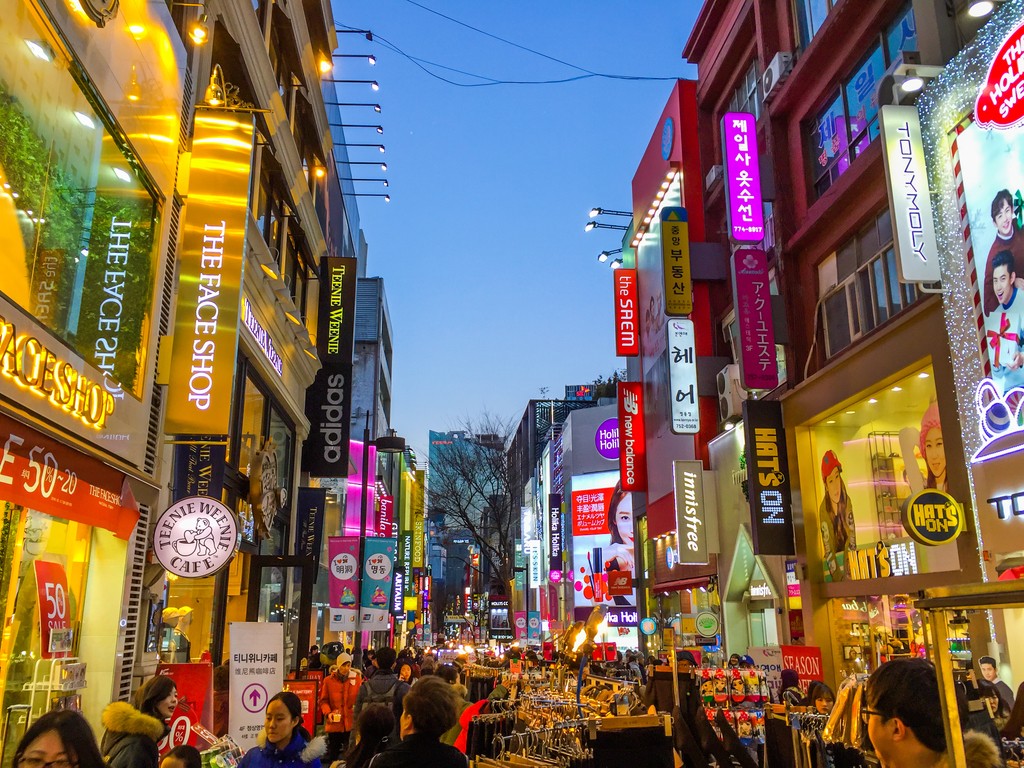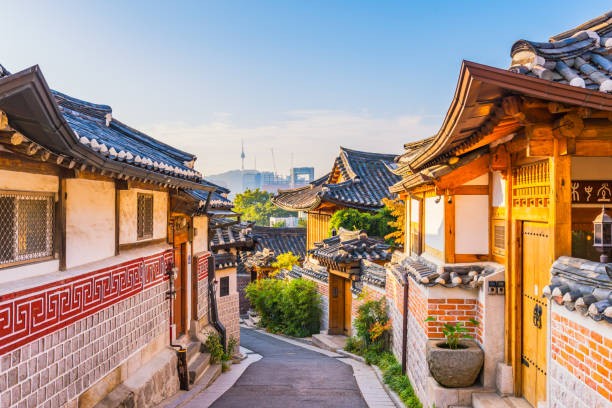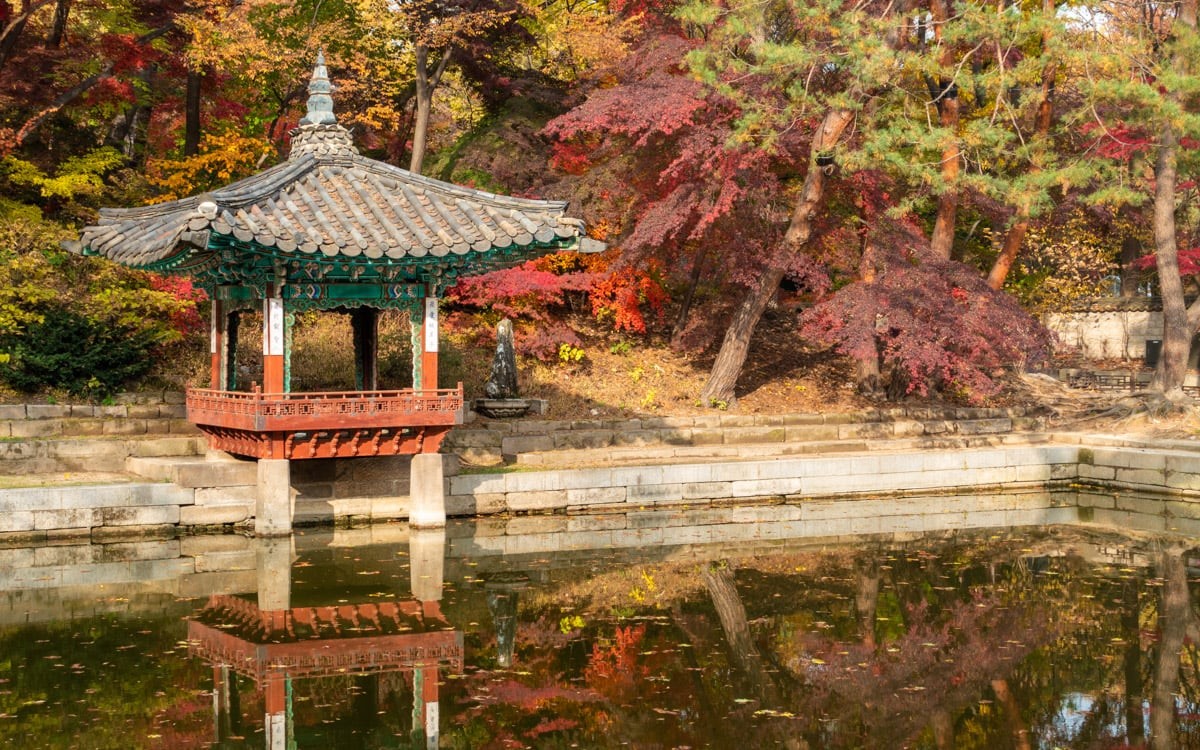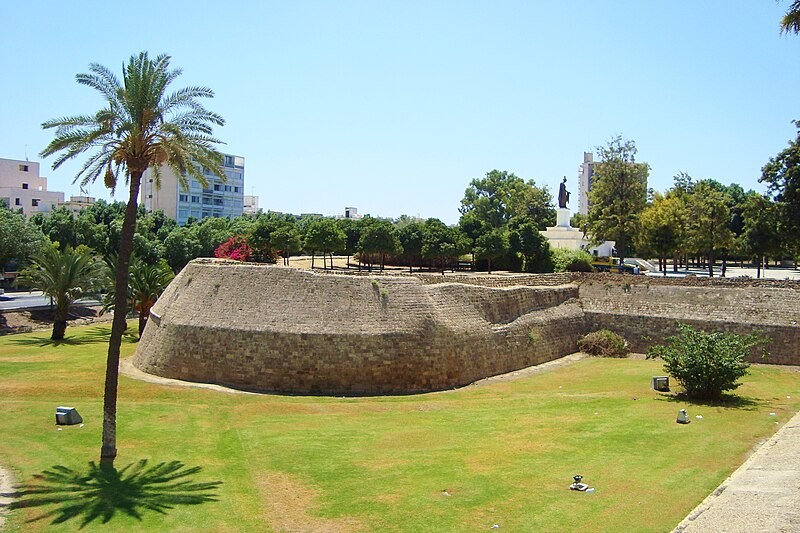
Prague: History and Places to Visit
Prague, the capital city of the Czech Republic, is often described as a city of fairy tales, with its enchanting architecture, rich history, and vibrant cultural scene. Known as "the City of a Hundred Spires," Prague boasts an impressive skyline punctuated by Gothic, Baroque, and Renaissance structures. Its well-preserved historical center, picturesque streets, and lively atmosphere make it one of Europe's most captivating destinations.
The History of Prague
Prague’s history stretches back to the 9th century, when it was first established as a significant settlement by the Přemyslid dynasty. The city became a major center of trade and culture during the Middle Ages, with its strategic location along the trade routes between Eastern and Western Europe.
In the 14th century, under the rule of Charles IV, Prague reached its zenith as the capital of the Holy Roman Empire. Charles IV's reign marked a golden age for the city, with the construction of many iconic landmarks, including Charles Bridge and St. Vitus Cathedral. The city continued to prosper as a cultural and political hub throughout the Renaissance and Baroque periods.
The 20th century brought significant changes to Prague, including the impact of the two World Wars and the Communist era. However, following the Velvet Revolution of 1989, which led to the end of Communist rule in Czechoslovakia, Prague emerged as a vibrant, democratic capital, embracing its rich historical legacy while moving towards modernity.
Places to Visit in Prague
1. Prague Castle (Prazsky hrad)
Prague Castle is one of the largest ancient castles in the world and a key symbol of the city. Founded in the 9th century, the castle complex includes the Gothic-style St. Vitus Cathedral, the Old Royal Palace, and the colorful Golden Lane. The castle offers stunning views of Prague and serves as the official residence of the President of the Czech Republic.
2. Charles Bridge (Karluv most)
Charles Bridge is an iconic landmark that spans the Vltava River, connecting the Old Town with the Lesser Town. Completed in the early 15th century, the bridge is adorned with 30 statues of saints and offers a picturesque setting for strolls, particularly at sunrise or sunset. The bridge also provides excellent views of Prague Castle and the city skyline.
3. Old Town Square (Staromestske namesti)
Old Town Square is the heart of Prague’s historic center, surrounded by colorful medieval buildings and bustling with activity. The square is home to the Astronomical Clock (Orloj), which performs its famous hourly show with moving figures. The square also features the Gothic-style Church of Our Lady before Týn and the Baroque St. Nicholas Church.
4. Wenceslas Square (Vaclavske namesti)
Wenceslas Square is a major commercial and cultural center in Prague. Named after St. Wenceslas, the patron saint of Bohemia, the square has been the site of many significant historical events, including demonstrations and celebrations. Today, it is lined with shops, restaurants, and theaters, and it is a vibrant hub of activity.
5. The John Lennon Wall
The John Lennon Wall is a colorful tribute to the former Beatle and a symbol of peace and freedom. Located in the Lesser Town, the wall is covered with graffiti, lyrics from Beatles' songs, and messages of hope. Since the 1980s, it has been a place for visitors to leave their own messages and artwork.
6. Jewish Quarter (Josefov)
The Jewish Quarter, or Josefov, is a historic area with a rich cultural heritage. The quarter includes several important sites, such as the Old Jewish Cemetery, the Spanish Synagogue, and the Jewish Museum. The cemetery, with its densely packed gravestones, is a poignant reminder of Prague’s Jewish history.
7. Vysehrad
Vyšehrad is a historic fort located on a hill overlooking the Vltava River. It is one of the earliest settlements in Prague and offers a peaceful retreat from the city’s hustle and bustle. The fort is home to the Basilica of St. Peter and St. Paul, and the Vyšehrad Cemetery, where many notable Czech figures are buried.
8. National Museum (Narodni muzeum)
The National Museum is located at the top of Wenceslas Square and is the largest museum in the Czech Republic. It houses extensive collections related to natural history, art, and archaeology. The museum's grand facade and diverse exhibits make it a must-visit for those interested in Czech culture and history.
9. Petrin Hill and Observation Tower
Petrín Hill offers one of the best views of Prague from its observation tower, which resembles a small Eiffel Tower. The hill is also home to beautiful gardens, the Mirror Maze, and the Petrín Lookout Tower. It’s a popular spot for a relaxing walk or a picnic with panoramic views of the city.
10. Dancing House
The Dancing House is a striking example of modern architecture in Prague. Designed by architects Frank Gehry and Vlado Milunić, the building is also known as the "Ginger and Fred" building, named after the famous dancers Ginger Rogers and Fred Astaire. Its unique, curvaceous design stands out amidst the city's historic architecture.
Conclusion
Prague is a city that captivates visitors with its rich history, architectural beauty, and cultural vibrancy. From the grandeur of Prague Castle and the historic charm of Charles Bridge to the artistic expressions of the John Lennon Wall and the modern innovation of the Dancing House, Prague offers a diverse array of experiences. Its enchanting streets, historical landmarks, and lively cultural scene make it a destination that blends the past with the present in truly remarkable ways.





